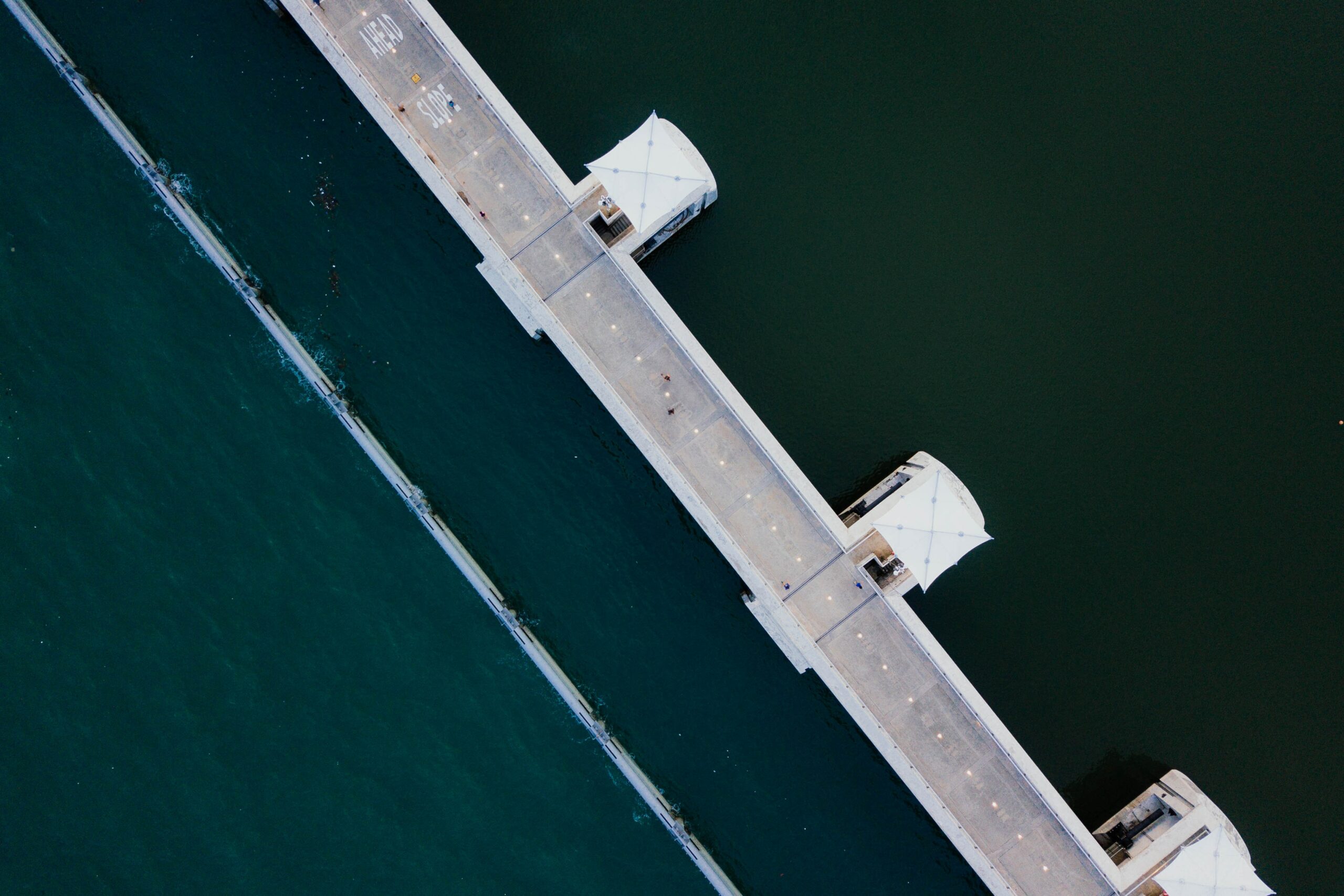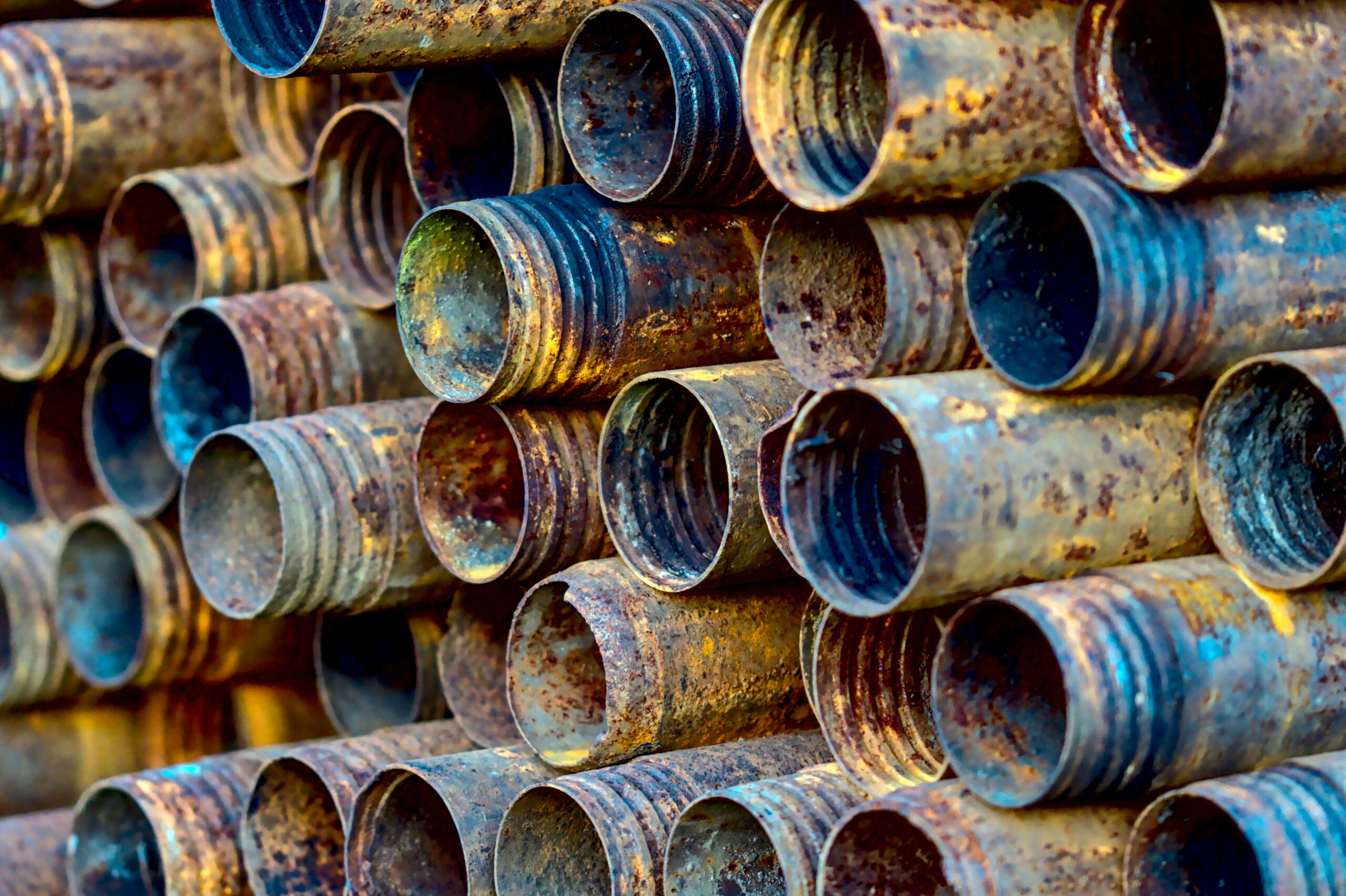When it comes to homeownership, there is an almost unlimited number of annoyances to contend with. In contrast, Low Water Pressure is a significant source of consumer unhappiness, typically ranking towards the top of the most common complaints list. Even while it’s possible to make the necessary adjustments on your own, it’s usually wiser to seek the assistance of a licensed plumber.
Exactly how do you tell if you’re in the right situation?
The majority of the time, we may be traced back to a few fundamental factors. After we’ve had a look at them, we’ll be able to tell you which ones you can take care of on your own and which will require the assistance of a professional. Do-It-Yourself Repairs.
Problems with water valves:
Your water meter typically has two shut-off valves, one on the street side and inside your property. Find them and make sure they’re open. You may be experiencing low pressure due to one or both of these valves remaining partially closed. Valve openings that aren’t entirely closed are the source of Low Water Pressure in your pipes. Simply opening them is all that is required to resolve the situation.
Keep an eye on Your Lighting:
Servicing your water fixtures is another quick and easy maintenance. If your shower head or kitchen sink are the only two places in your home where you’re experiencing low pressure, you may only need to fix one or two things. While the remainder of the property appears to be in good shape, those specific fixtures may require some work.

The screen on your faucet should be free of any debris, such as limescale buildup or rust. To clean them, follow the steps outlined here; if they’re too dirty, they may need to be replaced. Replacing faucets is a simple day project that you don’t have to stress about. To avoid a major disaster, switch off your water supply before you begin.
Engage The Experts:
Drainage System Issues:
There is a good chance that you need the services of a professional plumber even though your plumbing fixtures appear fine and your water valves are both fully open. They can examine your pipes in greater detail and determine the source of the issue. There’s a reasonable probability you have a clog in an older house; It may take a long time for them to manifest themselves in some circumstances.
The clog can be found and removed by a plumber using a scope. Corrosion in your pipes is another lousy possibility. Leaks and contamination are only two of the many dangers posed by corroded pipes. So, cross your fingers and hope that this isn’t the source of your Low Water Pressure problem. Replace your plumbing, an expensive and time-consuming solution to the problem of corrosion.

If you feel that your Low Water Pressure is due to pipe corrosion, you should call a specialist immediately. a faulty regulator of pressure If you have a regulator in your home’s plumbing, a decrease in water pressure could signal that it is malfunctioning. Water pressure is controlled by regulators, as the name suggests. If it is abnormally high or low, the regulator is faulty and must be changed.
Water Supply Line Not Up To Standard:
Since the construction of your house, the main water supply pipe has been in place. This is especially important if you’ve recently undergone home renovations that included the installation of new water fixtures. The present volume of traffic on your primary line may be too much for your direct line to handle. Can verify the size of your main supply pipe by consulting the records of a local plumber or contractor. They’ll be able to determine if it’s still acceptable or if it’s causing your Low Water Pressure.

